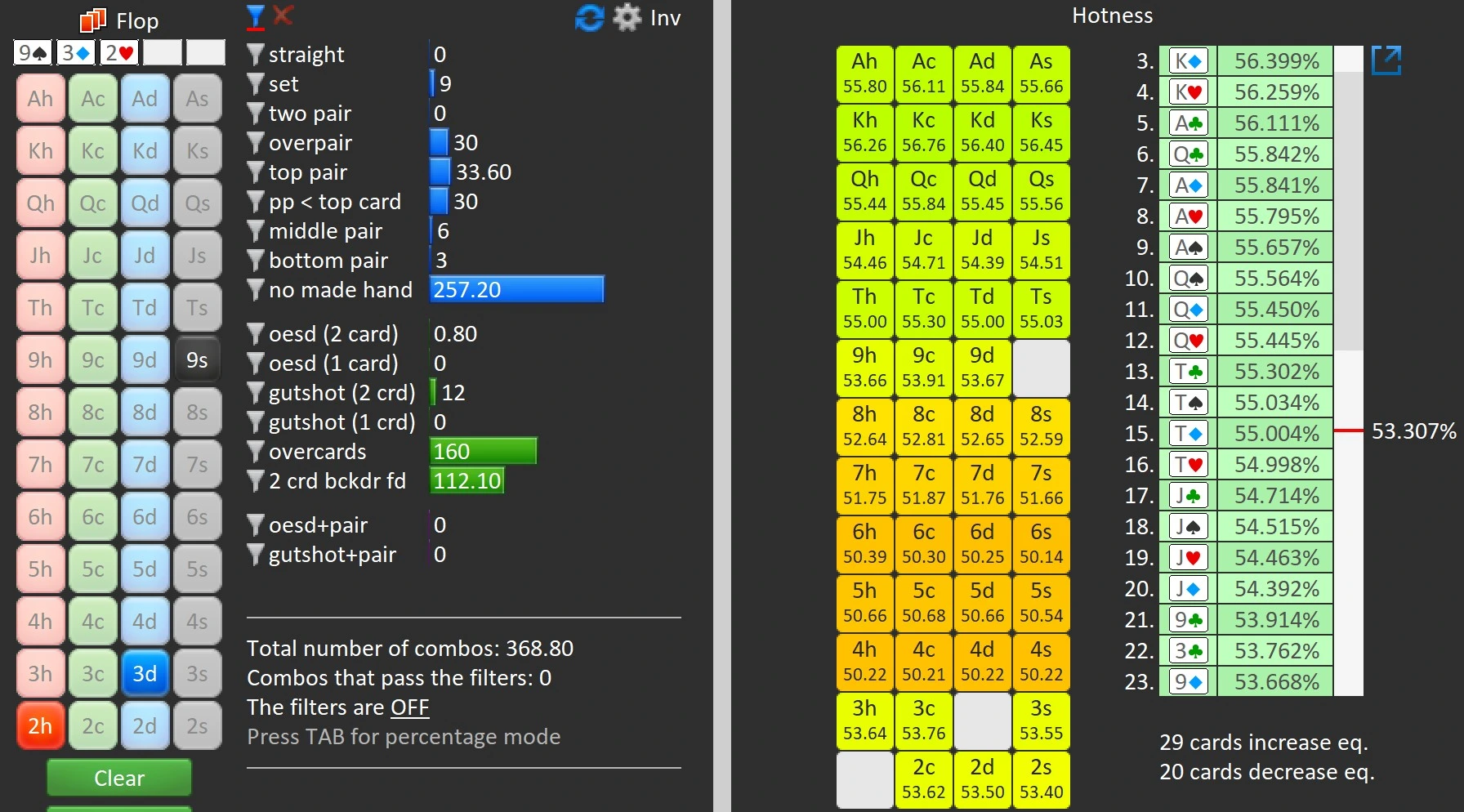Flop Strategy: How to Plan for Future Streets

Apr 18, 2025
•
2 min read
If you don’t know where you are going, you’ll end up some place else.
- Yogi Berra
Thus far in our chapter on the flop we’ve discussed ways to evaluate our advantage and connected that to continuation betting. In this section, we will round out the second of four poker streets by discussing future planning.
So, without further ado, let’s extend our vision to the turn and river while still on the flop. Ready? Let’s go!
Strategic Streets
To begin, let's define what a street is in poker. A street refers to one of the four betting rounds in the game. These are: preflop (the first street), the flop (the second street), the turn (the third street), and the river (the fourth street).
The flop represents a significant shift in poker strategy, dividing the game into two distinct phases: preflop and postflop. Preflop encompasses the initial betting round, while postflop includes the remaining three streets—flop, turn, and river.
Therefore, an effective and well-rounded poker strategy anticipates the river while making decisions on the flop.
Poker Planning

The most important figure for visualizing the end of your hand while still on the flop is your SPR, or stack to pot ratio. That number provides an estimate of how many bets it’ll take to get stacks in the middle.
Consider a common 100 big-blind stack. A single raised pot typically has around 5.5 big-blinds on the flop. A 3-bet pot has around 20bb, while a 4-bet pot can have 50. The common SPR ranges then are as follows:
| Preflop Raises | Flop SPR |
|---|---|
| Single Raised Pot (2b) | 17 - 20 |
| 3bet pot | 3.5 - 6.5 |
| 4bet pot | 1.5 - 2 |
So how many poker streets will it take to get all the money in? In 2-bet pots, there likely must be a bet on each street with a raise somewhere. Usually there’s a flop CBet, a raise, then a bet on turn and an all in on river.
In 3-bet pots where the SPR is much lower, you can stack off with one bet on each street since it takes about 3 standard sized bets to stack off. In 4bet pots, there’s typically just room for two bets to happen.
Tips for Success
By failing to prepare, you are preparing to fail.
- Ben Franklin
Strategic thinking in poker requires understanding your hand's objective on future streets. Hands can be categorized as value, bluff-catchers, or bluffs, with weak to top pairs often falling into the bluff-catcher category.
Value hands aim to build the pot and maximize winnings, while bluffs focus on inducing folds efficiently. Bluff-catchers perform best with minimal betting, relying on their showdown potential.
With this in mind, consider these tips:
- Measure the SPR. Always measure SPR to know how many bets it’ll take to get stacks in.
- Control the Pot Size. Check back the flop when you want to keep the final pot-size down. Pros call this “pot control”.
- Avoid Unnecessary Slow-Play. Never slow-play you value unless the SPR’s obnoxiously low, like under 2.
- Study Flops and Turns. Use software to study which types of flops yield favorable or unfavorable turns.

Most range visualizers and solvers show how turn cards affect your equity. Use them to identify which turns help or hurt you and how often each outcome occurs.
Conclusion
Professional poker players have a plan for the river the moment they see a flop hit. Calculating SPR provides an empirical measure of how many bets it will take to get stacks in the middle.
Players leverage this information by deciding how many bets their holding wants to play for, knowing that flop bets will increase the size of the pot downstream.
Maximizing win-rates comes down to making the most out of value hands. Professionals rarely slow-play. Conversely, exercising pot control ensures mediocre hands keep their opponents range wide enough to beat at showdown.
Poker software also informs us of how future cards will affect our odds of winning. Doing some off-table work prepares us by injecting predictability into the unknown.
By doing a bit of homework and considering how many bets your hand wants to play for given a flop SPR, you can plan out your strategy for the river while still on the flop.
Best of luck, grinders!
ZOOM IN
The following links are recommended resources related to this section’s theme. Don’t stay in doubt--dive in! 🔔
- SPR: Learn about stack to pot ratios and how professionals use them.
- Next Street: You may want to check out this guide on Jurojin’s SPR next street.
- Ranges: Learn how to calculate & use poker ranges to improve hand reading across all poker streets.
- Discord Community: Join the coolest poker community, don’t be shy! Use it to ask questions and interact with other poker enthusiasts and professionals.